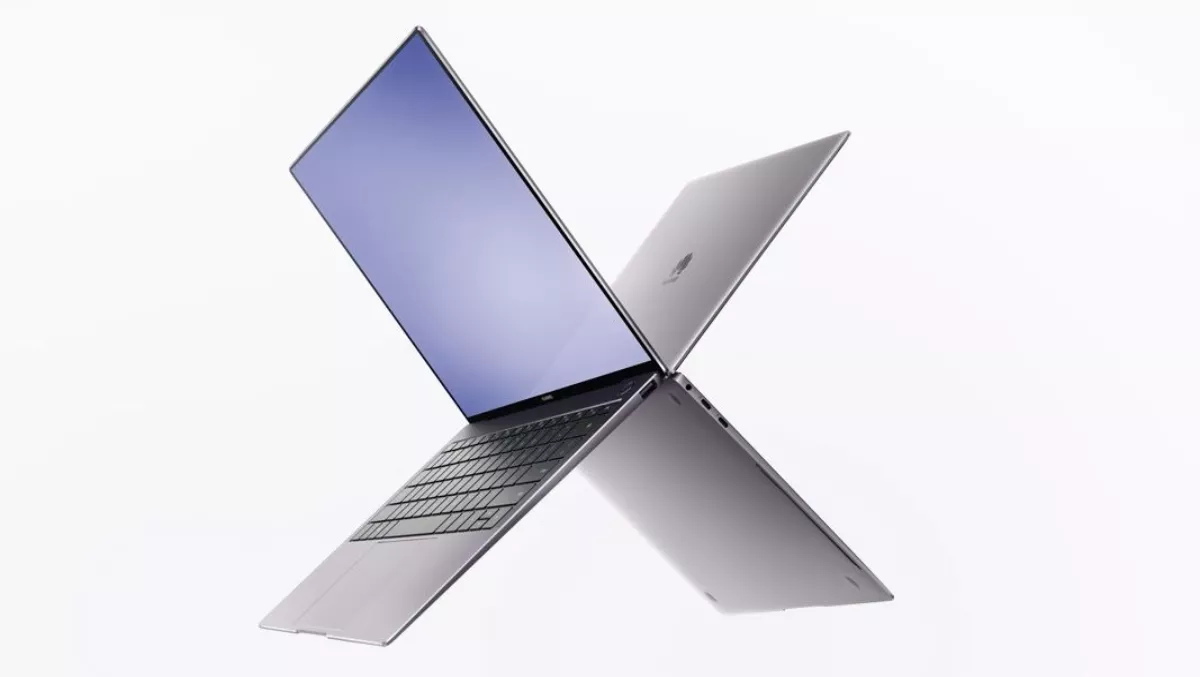
MacBook watch out, Huawei sets sights on PC market
Huawei recently unveiled their latest entry into the PC market, seemingly looking to challenge Apple for yet another crown.
The Huawei MateBook X Pro is the first notebook to feature Huawei FullView Display.
The 13.9-inch 3K notebook featuring a 10-point touchscreen has a 3000 x 2000 pixel resolution, 100% sRGB colour gamut and is set at a 3:2 aspect ratio, this makes it good for content creation.
The design of the Huawei MateBook X Pro is supposedly matched by its performance.
Featuring an 8th Generation Intel Core i7/i5 processor and a discrete NVIDIA GeForce MX150 GPU with 2GB GDDR5, it is one of the most lightweight notebooks on the market.
The MateBook X Pro also features Dolby Atmos Sound System.
The A 57.4Wh (Typical Capacity) battery and Huawei's low power consumption design supposedly provide up to 12 hours of 1080P video playback, 14 hours of regular work or 15 hours of webpage browsing.
Huawei has applied many of its smartphone technologies to the HUAWEI MateBook X Pro to create intuitive user experiences.
The MateBook X Pro features the super-fast power button 2.0 which enables login in just 7.8 seconds from power off and 6.6 seconds from hibernation.
In addition, the device also features the world's first recessed camera which discreetly sits on the keyboard, to activate it, all users need to do is press it and it will pop up, ensuring privacy when it's not being used.
This contributes to the experience of the FullView Display.
A multi-purpose adapter supports USB-C fast charging widely used in smartphones, meaning users only need to bring one charger when travelling for portability.
By developing a high-speed transport protocol, Huawei Share enables users to exchange photos and files quickly, easily and safely, without USB compatibility problems.
The Wi-Fi transfer speed is up to 20Mbps, 100 times faster than that of Bluetooth.


